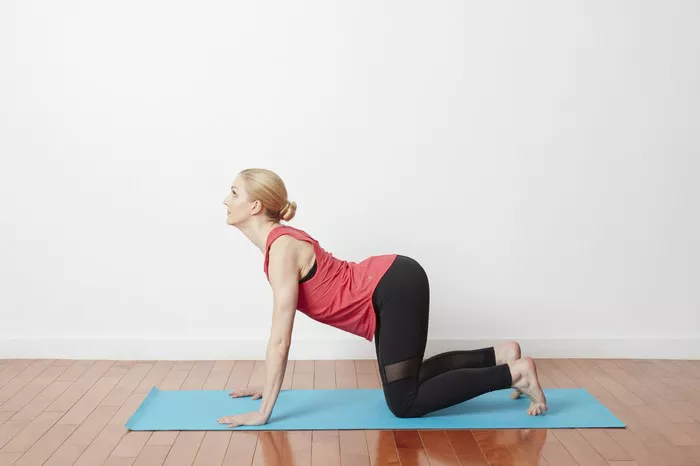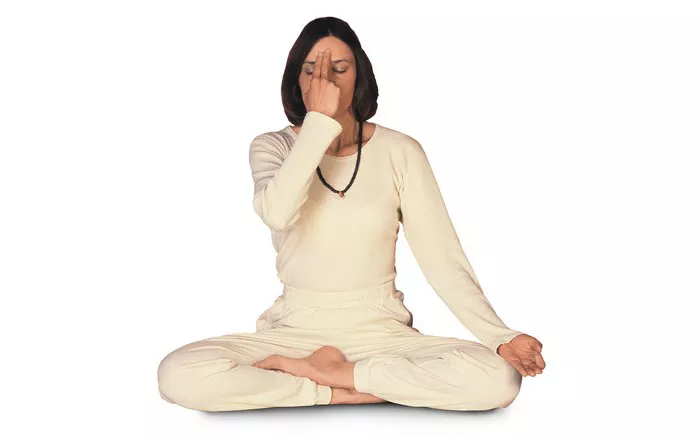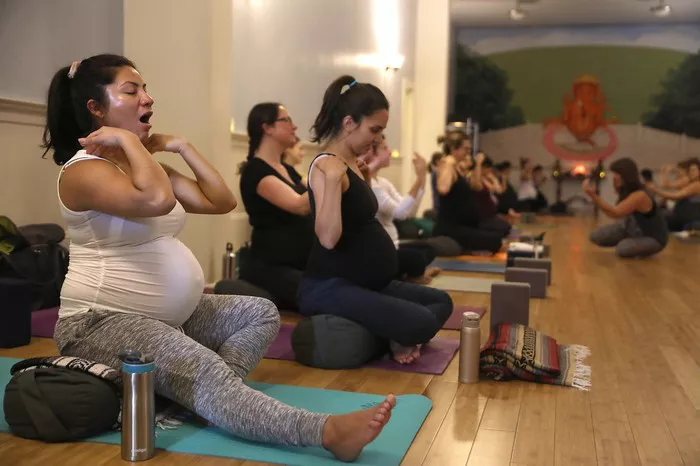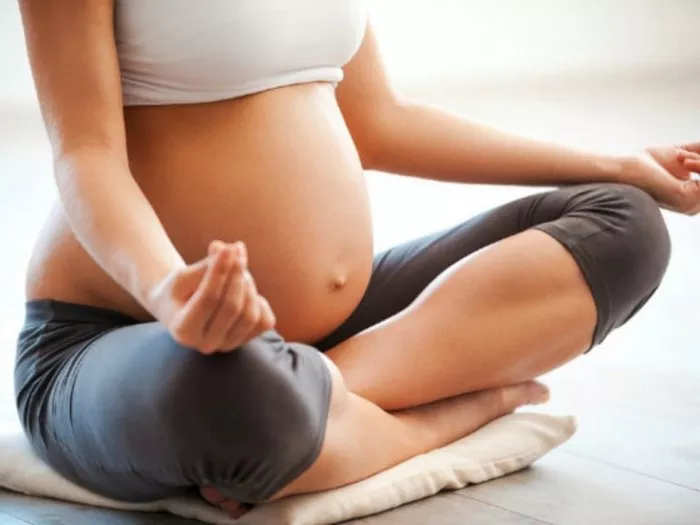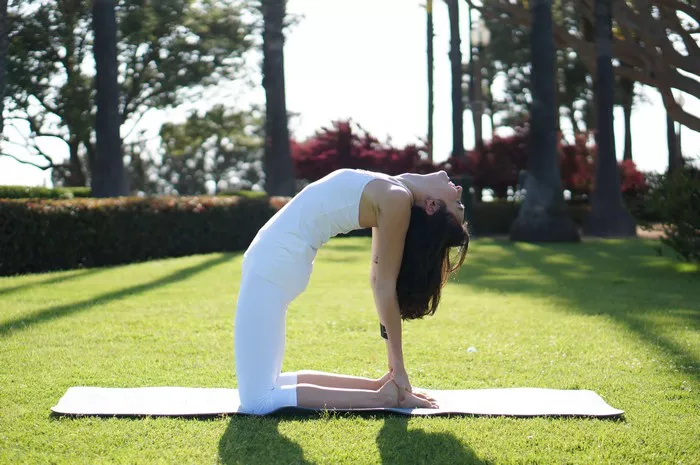Back spasms can be excruciating, disrupting daily life and hindering mobility. Whether triggered by stress, poor posture, muscle strain, or underlying medical conditions, finding relief from back spasms is essential for restoring comfort and functionality. While there are various treatment options available, yoga offers a gentle yet effective approach to easing back spasms, promoting flexibility, and strengthening the muscles that support the spine.
Incorporating specific yoga poses into your routine can target areas of tension, improve circulation, and promote relaxation, all of which contribute to alleviating back spasms. However, it’s crucial to approach yoga practice mindfully, listening to your body and respecting its limitations. Before attempting any yoga poses, especially if you’re dealing with chronic back issues, consulting with a healthcare professional or a qualified yoga instructor is advisable to ensure safety and suitability.
Understanding Back Spasms
Back spasms, also known as muscle spasms or cramps, are involuntary contractions of muscles in the back. They can range from mild discomfort to intense pain, often occurring suddenly and unpredictably. Back spasms may affect different areas of the back, including the lower back (lumbar region), upper back (thoracic region), or the muscles surrounding the spine.
Several factors can contribute to the development of back spasms, such as:
1. Poor posture: Sitting or standing in positions that strain the back muscles over time can lead to muscle imbalances and spasms.
2. Muscle overuse or strain: Repetitive movements or lifting heavy objects improperly can strain the muscles in the back, causing spasms.
3. Stress: Emotional stress can manifest physically, leading to muscle tension and spasms in the back.
4. Sedentary lifestyle: Lack of regular physical activity and prolonged sitting can weaken the muscles supporting the spine, making them prone to spasms.
5. Underlying medical conditions: Conditions such as herniated discs, spinal stenosis, or arthritis can increase the risk of experiencing back spasms.
While medications and other conventional treatments may offer temporary relief, integrating yoga into your wellness routine can provide long-term benefits by addressing the root causes of back spasms and promoting overall well-being.
Yoga Poses for Back Spasms
1. Child’s Pose (Balasana): This gentle resting pose stretches the muscles of the lower back, hips, and thighs, helping to release tension and alleviate discomfort. Begin on your hands and knees, then lower your hips back toward your heels as you reach your arms forward and rest your forehead on the mat. Hold the pose for several breaths, allowing your spine to lengthen and your muscles to relax.
2. Cat-Cow Pose (Marjaryasana-Bitilasana): Cat-Cow is a dynamic movement that helps to mobilize the spine and increase flexibility. Start in a tabletop position with your wrists directly under your shoulders and your knees under your hips. Inhale as you arch your back, dropping your belly and lifting your gaze (Cow Pose), then exhale as you round your spine, tucking your chin to your chest (Cat Pose). Repeat the sequence several times, syncing your breath with movement.
3. Downward-Facing Dog (Adho Mukha Svanasana): Downward Dog is an invigorating pose that stretches the entire back body, including the spine, hamstrings, and calves. From a tabletop position, lift your hips up and back, straightening your arms and legs to form an inverted V shape. Press firmly through your hands and feet while lengthening your spine. Hold the pose for a few breaths, feeling the stretch along your back and legs.
4. Thread the Needle Pose (Parsva Balasana): This pose targets the muscles along the spine, particularly the thoracic and lumbar regions, while also opening up the shoulders. Begin in a tabletop position, then slide your right arm under your left arm, lowering your right shoulder and ear to the mat. Extend your left arm overhead or place it on your lower back for support. Hold for a few breaths, then switch sides.
5. Seated Forward Bend (Paschimottanasana): Forward bends can help relieve tension in the spine and hamstrings, promoting relaxation and stress relief. Sit on the floor with your legs extended in front of you, feet flexed. Inhale to lengthen your spine, then exhale as you hinge forward from the hips, reaching for your feet or shins. Keep your spine long and avoid rounding your back excessively. Hold the pose for several breaths, feeling the stretch along your spine and hamstrings.
6. Bridge Pose (Setu Bandhasana): Bridge Pose strengthens the muscles of the back, buttocks, and thighs while also improving spinal flexibility. Lie on your back with your knees bent and feet hip-width apart. Press into your feet as you lift your hips toward the ceiling, engaging your glutes and thighs. You can interlace your fingers under your back for support and gently roll your shoulders underneath you. Hold the pose for a few breaths, then release back down to the mat.
7. Supine Twist (Supta Matsyendrasana): Twisting poses help to release tension in the spine and improve spinal mobility, making them beneficial for relieving back spasms. Lie on your back with your knees bent and feet flat on the floor. Extend your arms out to the sides in a T shape, then slowly lower your knees to one side, keeping both shoulders grounded. Turn your head in the opposite direction for a deeper stretch. Hold for a few breaths, then switch sides.
8. Cobra Pose (Bhujangasana): Cobra Pose strengthens the muscles of the back, including the erector spinae, while also opening up the chest and improving posture. Lie on your stomach with your palms planted on the mat beside your ribcage. Inhale as you press into your hands, lifting your chest and head off the mat while keeping your elbows close to your body. Draw your shoulder blades down and back, lengthening your spine. Hold for a few breaths, then release back down.
Conclusion
Yoga offers a holistic approach to managing back spasms by addressing both the physical and mental aspects of discomfort. By incorporating these yoga poses into your daily routine, you can improve flexibility, strengthen supporting muscles, and promote relaxation, ultimately finding relief from back spasms and enhancing overall well-being. Remember to practice mindfulness and listen to your body’s cues, modifying poses as needed to suit your individual needs and abilities. With consistent practice and patience, yoga can become a valuable tool in your journey toward a healthier, pain-free back.

